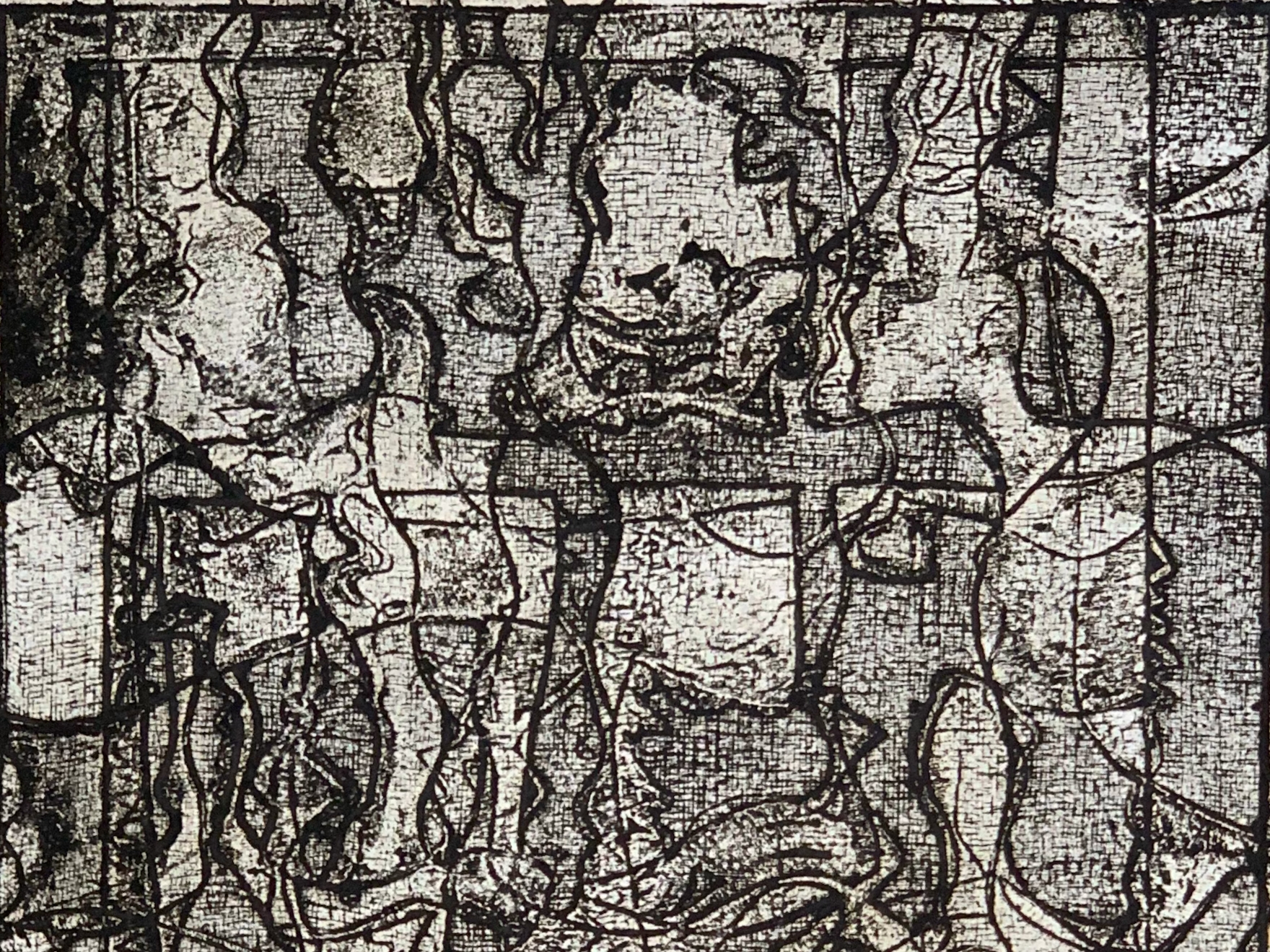John Gernand was a Washington artist before most people knew that such a thing existed. Much of his work was painting but by mid-Century he had begun to make prints, eventually becoming a superb printmaker.
Gernand’s Early Exposure to Art
Gernand grew up in Washington on Capitol Hill, his parents having come to DC from Illinois for his father’s job at the Patent Office. While Gernand had some exposure to art in his pre-secondary-school years, it was really in high school and with the benefit of two excellent teachers in the art department that he first understood what fine art could be.
After high school, Gernand studied architecture at the University of Illinois. But, as Gernand said, “Struggling to study architecture really wasn’t my choice, it was my family’s choice. . . .” Fortunately, in his third year at the University of Illinois he developed anemia. Why was that fortunate? Because a physician recommended that he return to Washington and drop architecture. (Gernand explained that he “wasn’t very clever at architecture [so he would] have to study much harder than anybody else.”)
Gernand’s Art Education
After returning home, Gernand decided that he wanted to study painting. His parents disliked the idea but ultimately they acquiesced. Gernand then made plans to attend art school at the Corcoran. Before doing so, though, he learned about a new art school associated with the Phillips Collection—and he became the third student enrolled at the school. Years later, Gernand would be one of Duncan Phillips’ favorite American painters.
Gernand’s Career in Art
Studying at the Phillips gave Gernand the academic and technical skills that he needed for his career as an artist—and his workplace. Gernand spent a lifetime working at the Phillips Collection, ultimately serving as the museum’s Registrar and Archivist.
Gernand’s Recognition as an Artist
Gernand was widely recognized as an accomplished artist, including listing in Who was Who in American Art (1985: Sound View Press). He was a member of the Art guild of Washington. He exhibited at the 1939 Corcoran Biennial and at the Whyte Gallery in Washington. He exhibited at the Phillips Collection, including a solo show in 1939. Other shows included Bennington College and the Washington Artists’ Collective.
